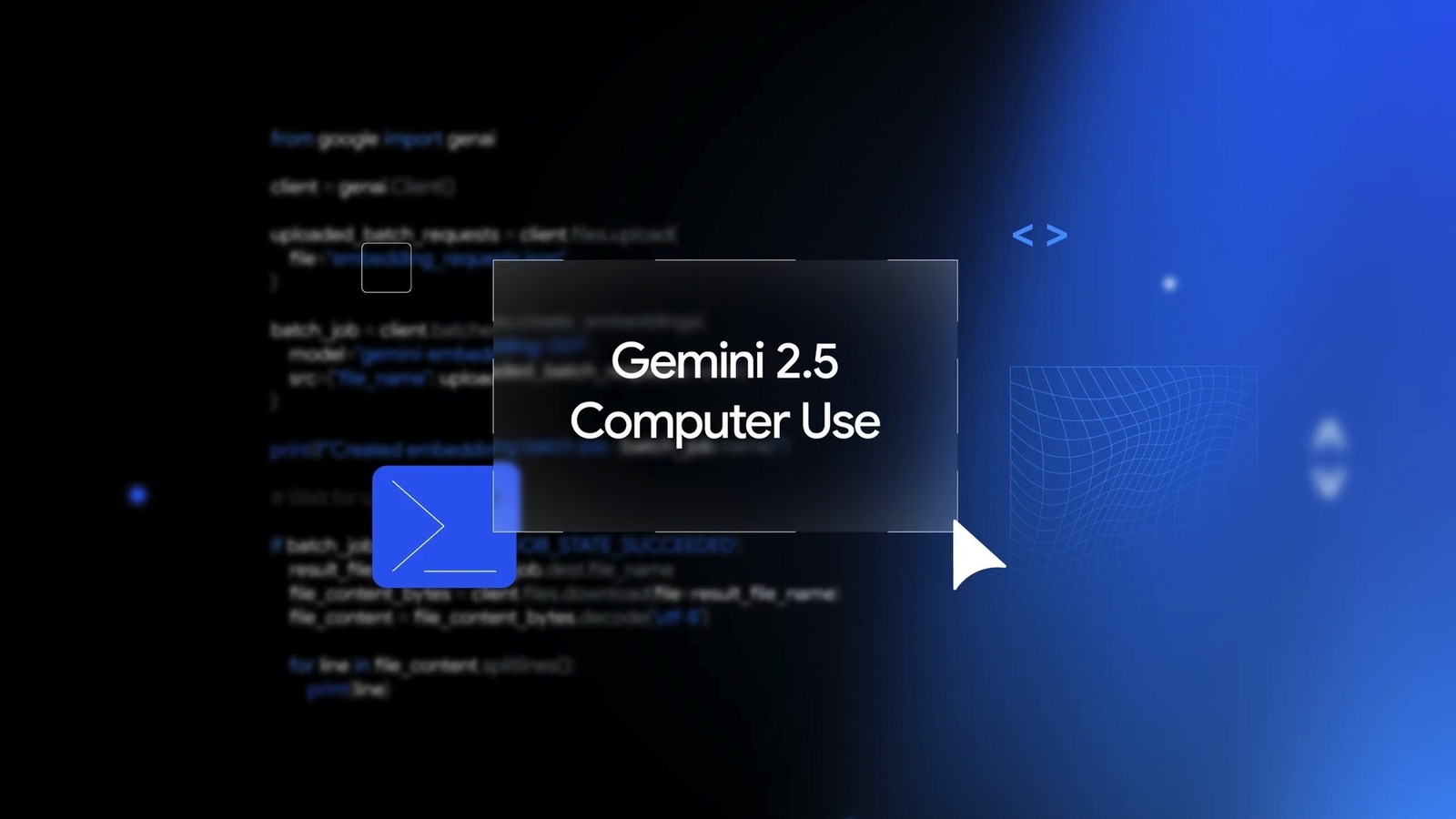Exploring Google's Advanced AI Capabilities for Human-Like Website Interaction and Automation

Google Advances AI Capabilities: Human-Like Interaction with Websites
Google has recently announced a significant advancement in its AI capabilities with the unveiling of a new model that can interact with websites in ways that mimic human actions. This model is equipped to perform tasks such as filling out forms and other browser-based activities, all without the need for special API integrations. By blending visual perception with logical reasoning, this AI model works seamlessly within interfaces designed for human use.
One of the key features of this technology is its ability to use digital interfaces just like a person. It can execute a variety of actions typical of human-computer interaction, and it does so without relying on application programming interfaces (APIs). This capability is made possible by a set of specific actions that the model can perform, which include opening web browsers, typing text, clicking on elements, and even drag-and-drop actions.
Developers can access this technology through Google's AI Studio and Vertex AI, allowing them to integrate these capabilities into their projects. The model has been demonstrated in various environments, showcasing its ability to engage with digital content in complex ways. For instance, it has been shown to play games and scroll through news feeds on a browser designed for testing these capabilities.
Implications and Applications
The implications of this technology are vast, as it opens up new possibilities for AI-driven applications. By enabling AI to interact with websites in a more human-like manner, developers can create more intuitive and natural user interfaces. This could lead to advancements in areas such as customer service, data collection, and even in the development of more sophisticated chatbots that can navigate complex digital environments.
The model's ability to perform a range of actions, from simple clicks to more complex interactions like drag-and-drop, highlights its potential for enhancing user experience in various digital platforms. It also underscores the model's capacity to handle tasks that typically require human judgment and interaction, such as navigating through forms and other interactive elements on websites.
Future Developments and Integrations
As developers begin to explore the capabilities of this new AI model, we can expect to see innovative applications across different sectors. The integration of this technology into existing platforms and tools will likely pave the way for more efficient and automated processes, potentially revolutionizing how we interact with digital systems.
Google's commitment to pushing the boundaries of AI capabilities is evident in the development of this model. By making it accessible to developers through robust platforms like AI Studio and Vertex AI, Google is fostering an environment where AI innovation can flourish, leading to new and exciting applications that could transform the digital landscape.
